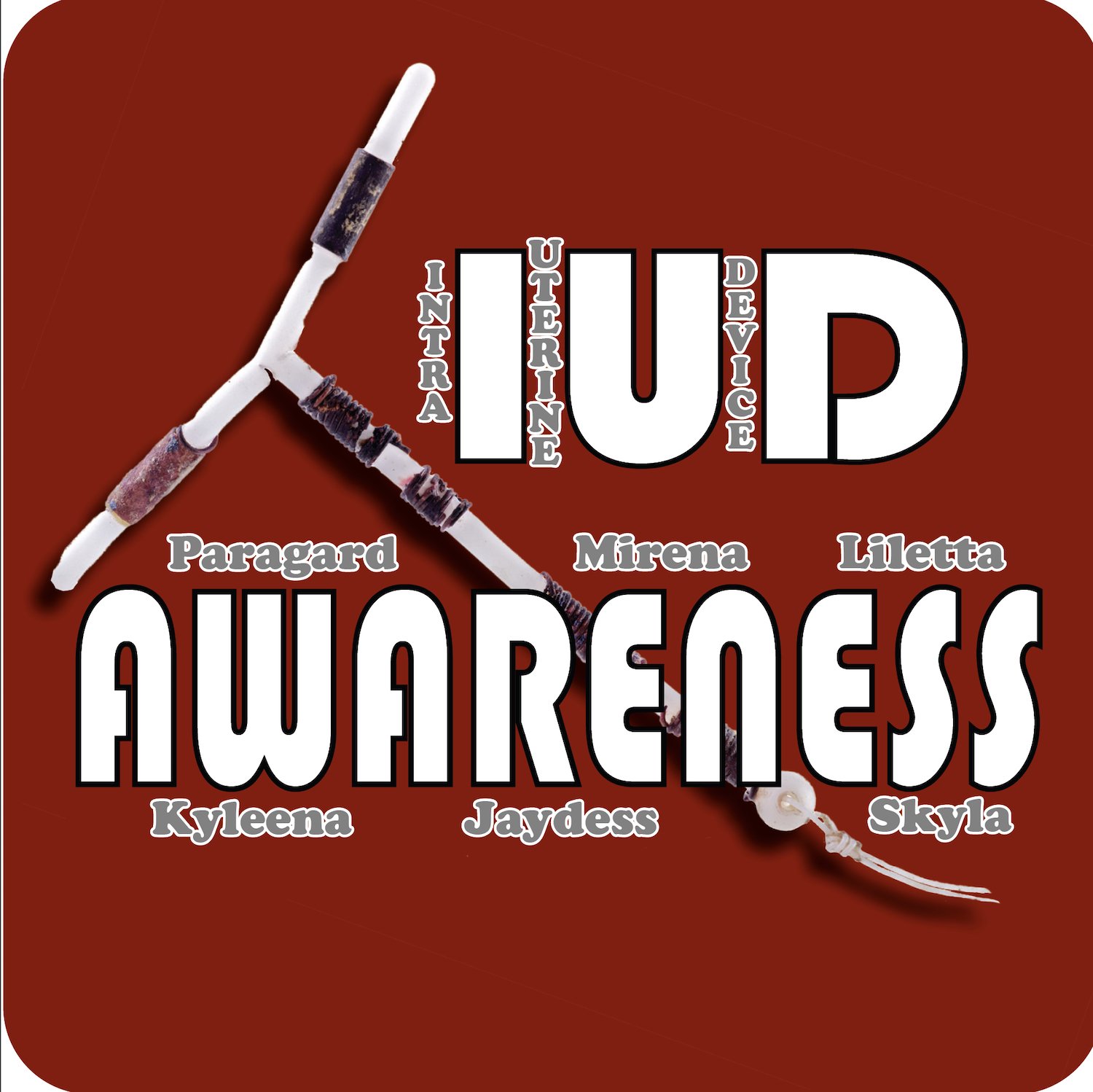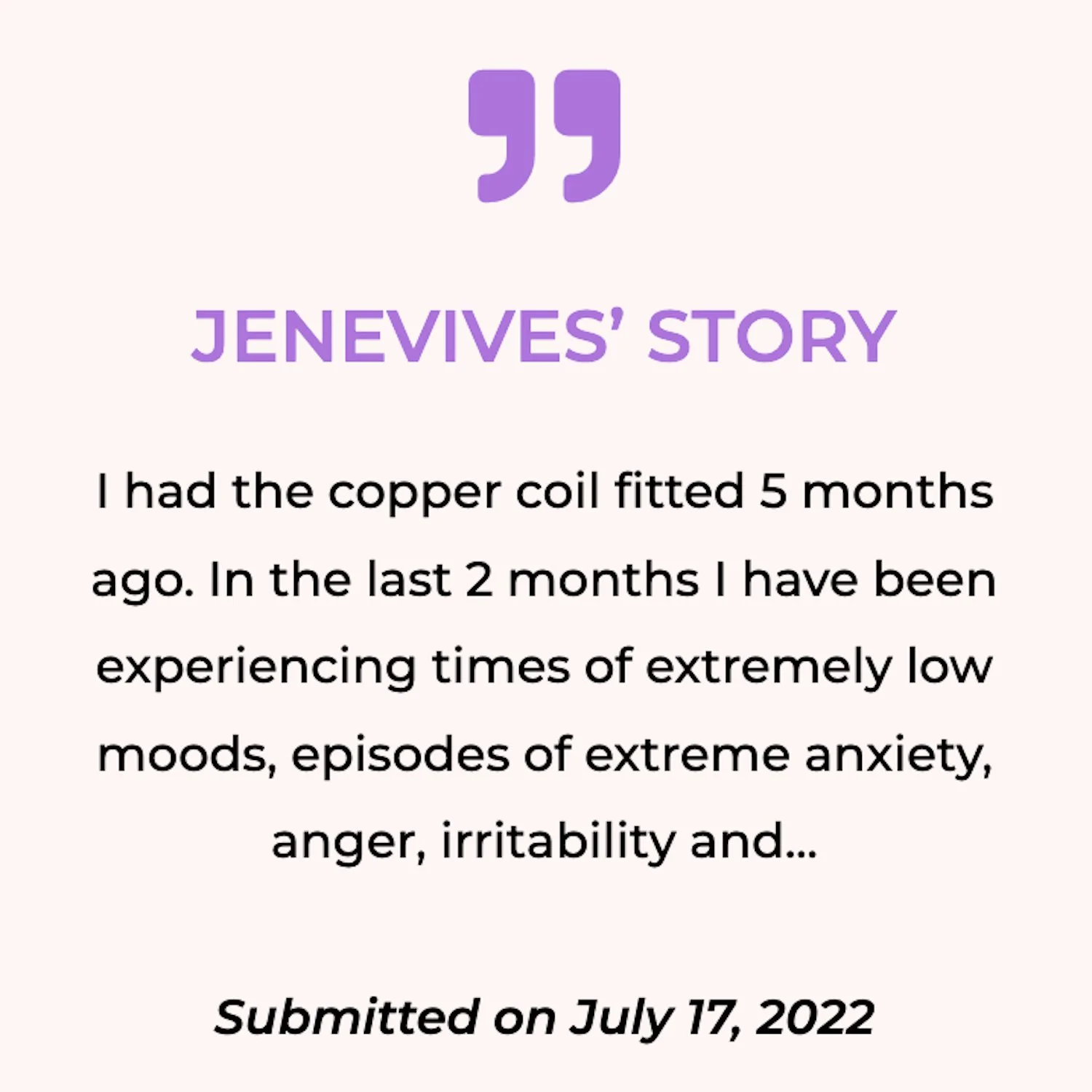“She just told me to leave it”: Women's Experiences Discussing Early Elective IUD Removal
/ Contraception“She just told me to leave it”:
Women's Experiences Discussing Early Elective IUD Removal
April 12, 2016 - Contraception 94(4) - DOI:10.1016/j.contraception.2016.04.012
Authors: Jennifer R. Amico, Ariana Bennett, Albert Einstein College of Medicine, Alison Karasz, Marji Gold
Objective:
The objective of this study is to describe the thoughts and experiences of women who report discussing IUD removal within 9 months of insertion.Study design:
This is a qualitative study, consisting of semi-structured individual interviews with 16 women who considered early elective IUD removal. We identified eligible participants via chart review. We analyzed interviews using a modified grounded theory approach. Results: While pain and bleeding were prominent reasons for removal, women also discussed many other symptoms and concerns. Most women reported a strong desire to have a successful IUD experience, and all reported waiting for symptoms to resolve prior to their visit. Some women reported that providers supported their choice, while others reported that providers preferred that they continue the IUD despite symptoms and concerns. Some women reported providers' resistance or refusal to remove the IUDs. The women who reported that their providers were neutral about IUD removal more frequently expressed satisfaction with the visit. When the provider resisted removal, women felt frustrated, even as they acknowledged their doctor's good intentions. In several cases this may have hurt the doctor-patient relationship.Conclusions:
When physicians resist early elective IUD removal it may impact patient satisfaction and even jeopardize the doctor-patient relationship. Implications: Though IUDs are highly effective and well-liked contraceptives, some patients choose to discontinue the method. Because provision of patient-centered contraceptive care includes IUD removal when requested, providers must ensure that their counseling is unbiased and that they do not place perceived or real barriers to IUD removal.
REFERENCES:
Women or LARC First? Reproductive Autonomy And the Promotion of Long-Acting Reversible Contraceptive Methods - May 2014 - PERSPECT SEX REPRO H
ACOG Committee Opinion No. 450: Increasing Use of Contraceptive Implants and Intrauterine Devices to Reduce Unintended Pregnancy - Dec 2009 - OBSTET GYNECOL
Effects of Age, Parity, and Device Type on Complications and Discontinuation of Intrauterine Devices - Jun 2014 - OBSTET GYNECOL
Counseling About IUDs: A Mixed-Methods Analysis - Mar 2014 - PERSPECT SEX REPRO H
Effects of Age, Parity, and Device Type on Complications and Discontinuation of Intrauterine Devices - Feb 2014
Continuation of Reversible Contraception in Teenagers and Young Women - Dec 2012
Preventing Unintended Pregnancies by Providing No-Cost Contraception Reply - Dec 2012
Interest in using intrauterine contraception when the option of self-removal is provided - Aug 2011
Norplant® Consensus Statement and Background Review - Jan 1998 - CONTRACEPTION
Continuation and Satisfaction of Reversible Contraception - May 2011
Strategies to prevent unintended pregnancy: Increasing use of longacting reversible contraception - Dec 2010 - HUM REPROD UPDATE












































IUD Complications
Dr Houston Anderson